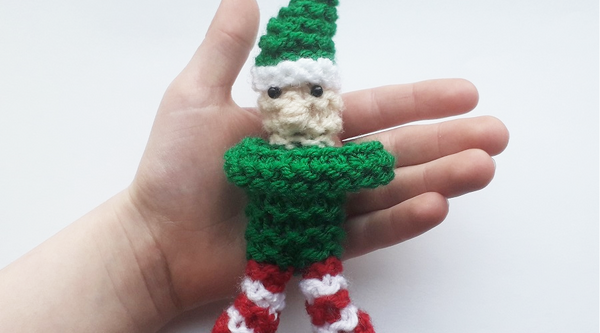Dementia and hiding, hoarding or losing things
Find out why a person may hide, hoard or lose things, as well as how you can help.
- How does dementia change a person's behaviour?
- What causes changes in behaviour in people with dementia?
- Reducing and managing behaviour that challenges
- Repetitive behaviour and dementia
- Trailing, following, checking and dementia
- You are here: Dementia and hiding, hoarding or losing things
- Loss of inhibitions and dementia
- Restlessness and agitation in dementia
- Social withdrawal and dementia
- Behaviour that challenges - looking after yourself
Behaviour changes
A person with dementia may hide things, store them for a long time, or lose them.
This can be distressing for the person, as they may think someone is taking things from them. It can also be frustrating if you have to spend time finding things or trying to find out from the person where they are.
Why might a person with dementia hide, hoard or lose things?
People with dementia often lose items as a result of their memory loss. They may misplace common items, such as glasses or keys, or put an item somewhere for safekeeping and then forget where it is. They may also leave items in unusual places – for example, leaving the remote control in the bathroom, or tea bags in the fridge.
If the person thinks an item should be somewhere and it’s not, this may lead them to think that someone is hiding or stealing things from them. This is a type of delusion. It can be difficult both for the person and those around them. It can help to try see things from their point of view. The person with dementia is trying to make sense of their reality and what is happening.
By hiding and hoarding things, the person may be trying to have some control of their situation. They may feel they need to stockpile items.
It is also important to note that there may be truth in what the person is saying – don’t dismiss it because they have dementia.
How you can help a person with dementia who is hiding, hoarding or losing things
- Try to keep items in places where the person is used to them being – for example, hanging keys on a specific hook or always keeping them in the same drawer.
- Consider getting copies of items that are important or often misplaced, such as keys, glasses or important documents.
- Keep rooms and drawers tidy so that things are less likely to get lost and easier to find if they are misplaced. Put items that are often used where they can be seen and are easily accessible.
- Consider getting a tray marked ‘letters’ or ‘post’ to make sure that these do not get misplaced. This can also allow you to double-check important items such as GP appointment letters or test results, as long as the person consents to this.
- Use visual clues to explain where items go, such as pictures or photos stuck to cupboard doors as reminders of what goes inside them.
- Consider a locator device to help find items that often get lost, such as keys. For more information on these see Using technology to help with everyday life.
- When looking for a lost item, use your knowledge of the person to help you think where they might have put things.
- If the person puts items in unusual places but this doesn’t pose a risk to anyone in the household, it may be best to leave things as they are.
Assistive technology to help with losing things
There are many devices that can help with everyday living, including hiding, hoarding or losing things.








